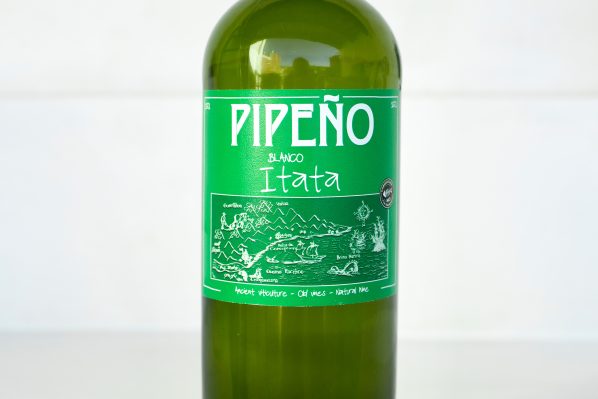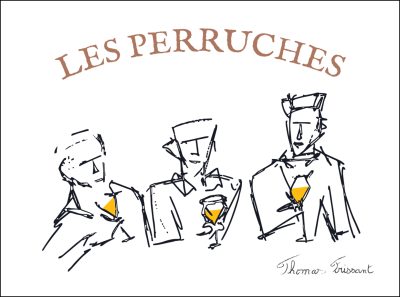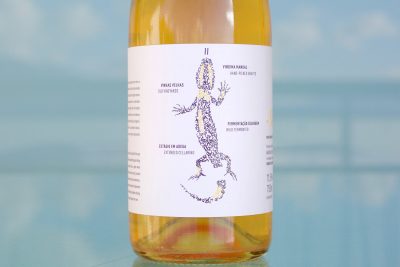About The Wine
The oldest wine ever produced in Chile back in 1551 was called Pipeño. Old vines and natural winemaking make these wines a great introduction to the old vines of Itata. Pipeño Blanco is made with 100% old-bush vine Moscatel planted in the 1960s, and the Pipeño Tinto is made with 100% old-bush vine Cinsault, planted almost a hundred years ago. Both Pipeños are unfiltered and intentionally hazy, which has been the tradition of Pipeño since the oldest memory of these wines. Pipeño is the greater regional “terroir series,” while Viñateros Bravos is the “soil series,” where the old vines have a greater interaction with each specific mother rock, highlighting their mineral characteristics and wineprint. The “cru series” is the result of ten years of soil mapping across the Itata hills, and these are the vineyards that got destroyed. In these wines the layers of complexity and depth, and the longer aging potential are more apparent. All the wines are vinified in concrete (eggs, spheres, and more), amphoras, large wood vats and food-grade polymer containers, and they’re pressed in a vertical, wooden press.
This wine embodies Itata’s Pipeño tradition, which is to say that it’s a farm wine meant to be consumed young & fresh. It is a field blend of mostly Moscatel from dry-farmed, own-rooted, ancient vineyards. Unfiltered because it’s made for drinking right after harvest, they are appropriately put in liter bottles to quench thirsty palates, while still having enough to share.






















